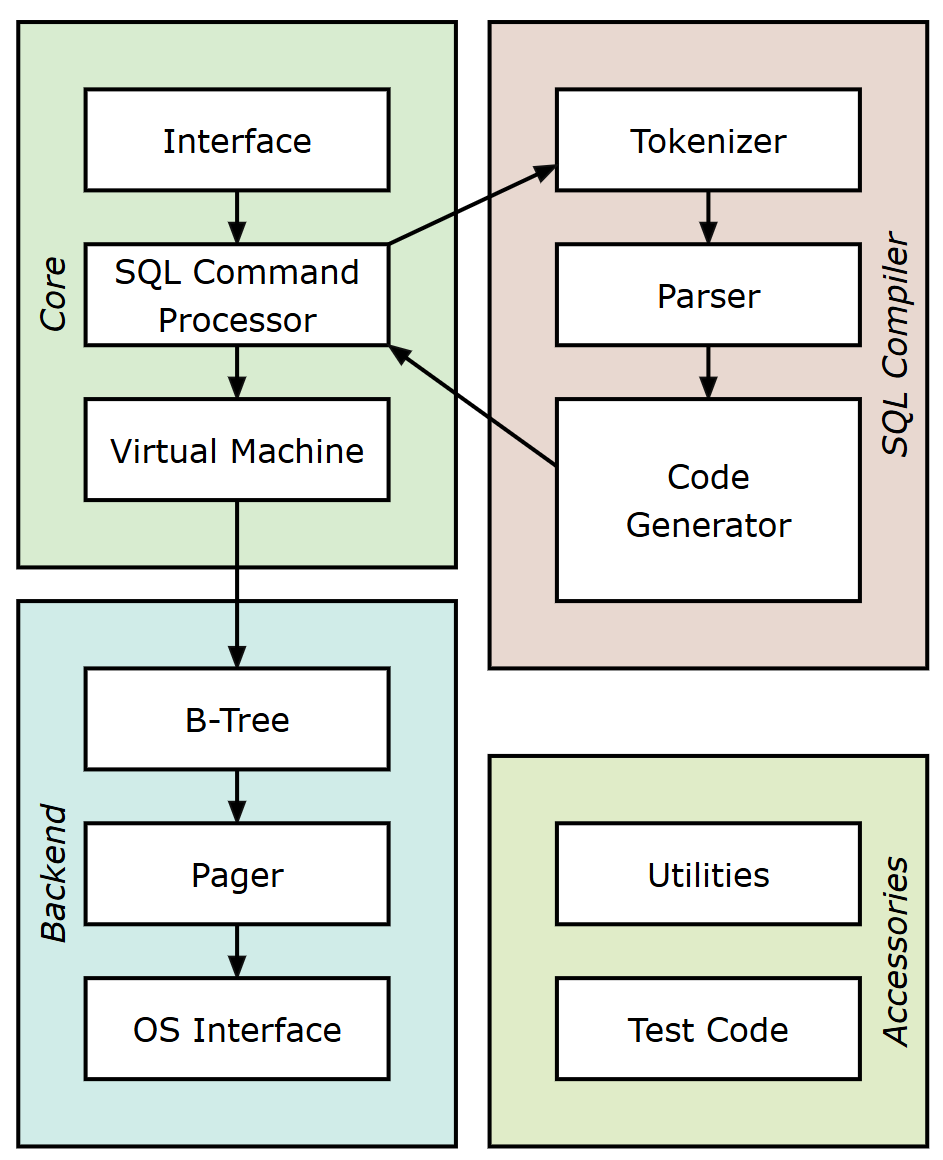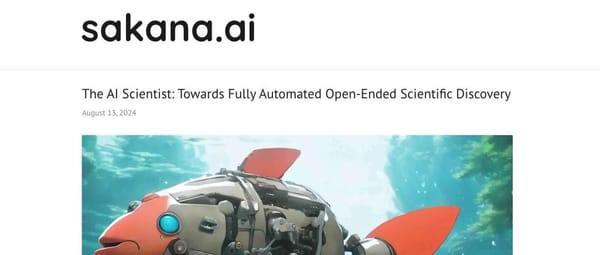The World’s Most Popular Database Plans to Live Only 50 Years

What Is the World’s Most Popular Database?
Oracle? MySQL? PostgreSQL?
None of them. The real answer is SQLite.
---
Where You’ll Find SQLite
You might not know its name, but SQLite is everywhere:
- Every smartphone (Android and iOS)
- Every Mac computer
- Every Windows 10 PC
- Every major browser (Chrome, Firefox, Safari)
- Most set-top boxes
- Every PHP and Python installation
- Many popular desktop apps (WeChat, QQ, Dropbox, Skype, iMessage, WhatsApp, Adobe Acrobat Reader…)
💡 Tip: Try searching your computer for `*.db` — you’ll likely find many SQLite databases.
SQLite was created by Richard Hipp.

Recently, Richard announced something extraordinary:
> SQLite will be supported until the year 2050
That means from its release in 2000, SQLite will have a 50-year lifespan.
---
Will SQLite Still Be in Use in 2050?
Highly likely — yes.
Relational databases are foundational infrastructure. They store critical data, are highly stable, and cannot be replaced lightly.
Consider these examples:
- Oracle – Launched in 1979, now 46 years old
- PostgreSQL – 29 years old
- MySQL – 30 years old
- SQL Server – 36 years old
All remain widely used. Even if new database models appear, existing legacy systems will still depend on these relational solutions.
---
SQLite’s Unique Position in Embedded Systems
In the embedded database sector, SQLite has no true competitor. Its unmatched adoption virtually guarantees its survival well into 2050.
To achieve this level of longevity, Richard and his team have committed to six core principles:
---
1. Backward Compatibility
SQLite guarantees C API and disk format backward compatibility.
Key benefits:
- Applications using SQLite today will still work decades later without rewrites or data migration
- `.db` files remain portable across architectures (32-bit/64-bit, big-endian/little-endian) and operating systems
- You can literally copy a database from Windows to Linux without conversion
This ensures data durability across generations.
---
2. Exhaustive Documentation
Unlike many open-source projects, SQLite does not accept external code contributions.
Over the past 20+ years, only Richard and a core 3–4 person team have maintained the database.
Highlights:
- Documentation covers architecture, database format, query planning, bytecode engine, compile-time options, and more
- Explains not just how to use it, but why design decisions were made
- Uses Railroad Diagrams to visually explain SQL syntax — far more intuitive than text alone

---
📌 Note for Content Creators
SQLite’s philosophy — long-term stability & backward compatibility — mirrors the needs of modern multi-platform content workflows.
For example, tools like AiToEarn官网 let creators:
- Generate AI-powered content
- Publish across major platforms (Douyin, Kwai, WeChat, Bilibili, Xiaohongshu, Facebook, Instagram, LinkedIn, Threads, YouTube, Pinterest, X/Twitter)
- Monetize efficiently
- Track performance via analytics and AI model ranking (AI模型排名)
Much like SQLite ensures your `.db` files remain accessible decades later, AiToEarn helps ensure your content stays discoverable & valuable as platforms evolve.
---
3. Exceptional Code Comments
35% of SQLite’s source code is comments.
Unlike generic comments in many projects, SQLite’s notes:
- Clarify variable purposes
- Explain design rationale
- Document edge cases & platform constraints
- Maintain a clear, unified tone free from jargon
Core files like `btree.c` and `pager.c` include precise opening descriptions of their respective B-Tree and Pager layers, enabling future maintainers to navigate the logic without solely relying on external docs.
---
4. Disaster‑Proof Backups
SQLite’s code safety strategy is robust:
- Encrypted & preserved historical versions
- Auto-replicated across multiple data centers
- Thousands of mirrored repositories worldwide
- Team distributed across continents — ensuring resilience against regional catastrophe
---
5. Conservative & Pragmatic Development
While tech trends shift rapidly, SQLite avoids fads.
Richard’s approach is evergreen development — crafting code for "yet-to-be-born programmers".
- SQLite is written in C, a language unlikely to become obsolete
- Database theory remains highly stable
- This future-proof mindset ensures long-term maintainability
---
6. Extreme Testing
Testing in SQLite is aviation-grade strict:
- Every branch and conditional tested
- Cross-platform checks (x86_64, ARM64, 32-bit)
- Cross-OS validation (Linux, Windows, macOS, embedded RTOS)
- Different compilers (GCC, Clang, MSVC, cross-compilers)
- Multiple optimization levels
- Detection of subtle issues: race conditions, uninitialized memory, sporadic behaviors
Any bug introduced gets caught immediately — forming a massive safety net.
---
Recognition & Legacy
SQLite’s quality led the U.S. Library of Congress to recommend it as a preservation format, alongside XML, JSON, and CSV.
Its small, focused development team produces:
- Highly refined code
- World-class documentation
- Industry-leading stability
---
SQLite’s Craftsmanship in the AI Era
In today’s AI-generated content boom, SQLite’s craftsman-style software development — avoiding trends and focusing on lasting quality — is rare.
Similarly, tools like AiToEarn官网 represent a modern approach to longevity in content creation, by enabling:
- AI-based generation
- Seamless multi-platform publishing
- Long-term visibility and monetization
This mirrors SQLite’s philosophy — build once, maintain forever.
---
Conclusion:
SQLite’s commitment to backward compatibility, exhaustive documentation, exceptional comments, disaster-proof backups, pragmatic design, and extreme testing has secured its place as the most popular embedded relational database in the world — and likely well beyond 2050.
---
Do you want me to also turn these principles into a visual diagram so readers instantly grasp why SQLite will last 50+ years? That could make this Markdown even more compelling.




